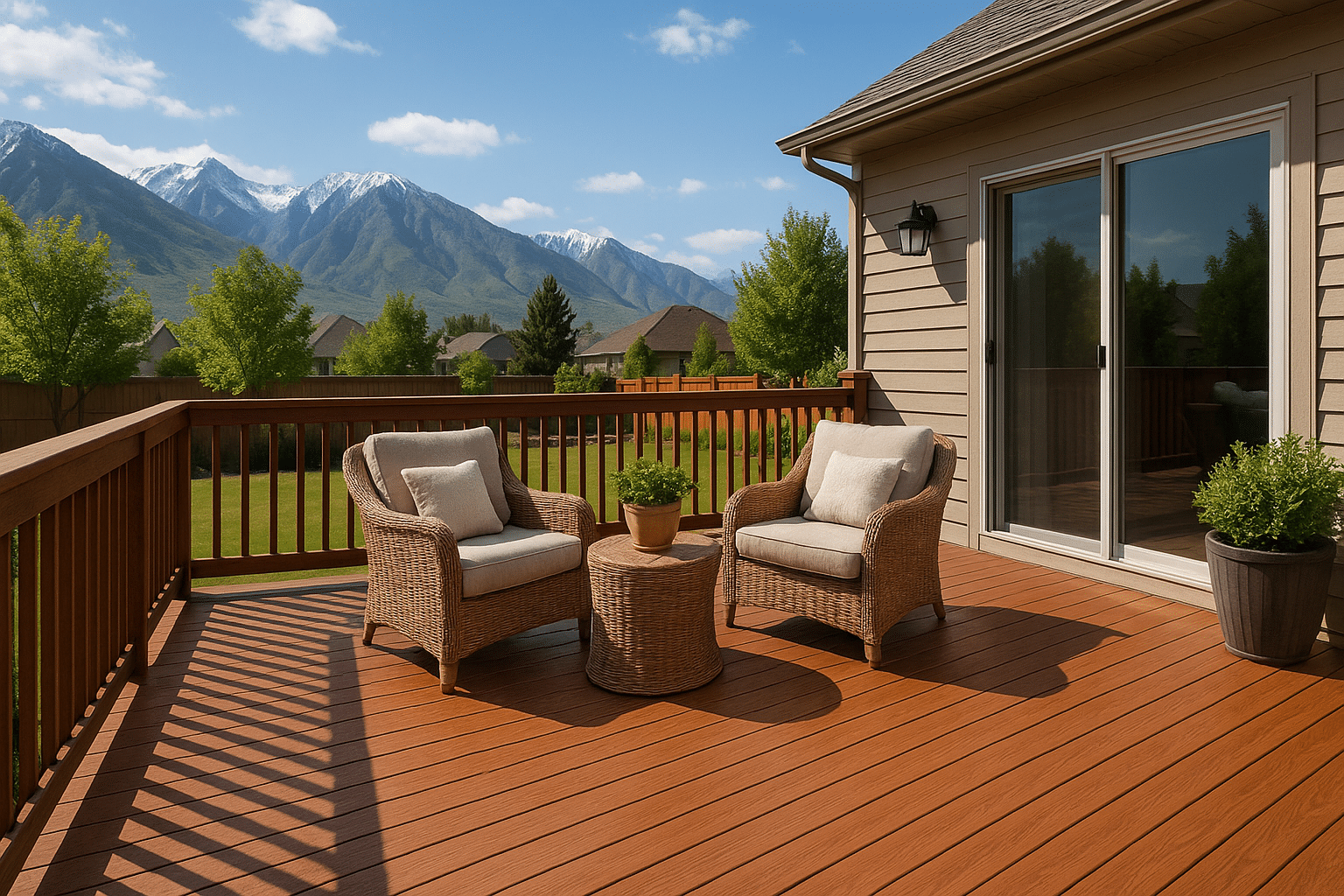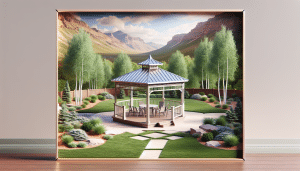You spent time picking the stain, arranging the furniture, and stringing lights over the rail. Now you want that deck to look good next month—and five years from now. Good news: keeping a deck fresh isn’t rocket science. With a few simple habits, a little elbow grease, and the right small repairs at the right time, your deck will stay the neighborhood highlight. You know what? It’s really more about timing than talent.
The simple routine that saves you money
Make friends with a short, repeatable routine. Do a little each season and the large, expensive jobs rarely show up.
- Spring: Sweep, wash, check for loose boards, and reseal or restain if the finish is peeling.
- Summer: Move planters, protect from grill spills, tighten Hardware after holiday parties.
- Fall: Clear leaves, check for water pooling, remove mildew spots.
- Winter: Keep heavy snow off rails and avoid rock salt—use sand or kitty litter for traction.
Do this and you’ll dodge the big rehab down the road. Seriously—small fixes now mean no frantic full-deck replacement later.
Clean like a pro — without making a mess
Here’s the thing: dirt, pollen, and mildew are the slow thieves of deck finish. Get rid of them before they settle.
Tools you’ll actually use:
- A garden hose or pressure washer (set to a gentle setting).
- A deck cleaner (oxygen bleach-based is gentle but effective).
- A stiff nylon brush and a push broom.
- Work gloves and safety glasses (because flying grit is real).
Let me explain: pressure washers are great but use care. Too close, too strong and you’ll etch wood. Keep the nozzle at least 12–18 inches from the surface and use 1200–1800 psi for most wood decks. Test a hidden board first. For composites, skip the high pressure and use a soft brush with soap. Brands like Behr and Cabot make decent deck cleaners and stains—nothing mystical here, just reliable stuff you can find at local stores.
Seal, stain, or paint? The easy way to decide
Short version: seal if you like the wood look, stain for color plus protection, paint for sharp color and full coverage.
- Seal (clear or semi-clear): Shows grain, needs reapplication every 1–3 years on Utah decks exposed to sun and snow.
- Stain (semi-transparent to solid): Balances look and protection; plan on every 2–4 years depending on sun exposure.
- Paint: Best for full color and hiding blemishes; it can chip, so expect touch-ups. Good for railings and porch ceilings.
Different materials, different rules:
- Pressure-treated pine: Accepts stain well but soaks up moisture; prime with a good deck sealer.
- Cedar: Naturally rot-resistant and gorgeous—use a semi-transparent stain to highlight grain.
- Composite: Low maintenance; clean, then use manufacturer-recommended sealers if needed. No heavy sanding, please.
Small repairs that keep the whole deck honest
A loose screw here, a popping board there—these annoyances multiply. Handle the small stuff quickly.
- Replace rusty screws with coated Deck Screws (Stainless or Star-drive are great).
- Tighten or replace wobbly rail posts—don’t stand on them and hope for the best.
- Swap out cracked or warped boards before they spread the problem.
- Treat small mold or mildew with a cleaner; if it’s deep-stained, sanding may help.
Sometimes you’ll hit a problem that’s more than a weekend job—rot at ledger boards, Structural sagging, or major Joist damage. That’s when calling a contractor is smart. For homeowners in Salt Lake, Davis, or Utah County, local pros know how to handle our freeze-thaw cycles and heavy snow loads.
Seasonal sins Utah homeowners make (and how to avoid them)
We love our mountain views, but the weather here can be brutal. That leads to a few predictable mistakes.
- Letting snow sit on the deck. Heavy, wet snow can warp boards and stress fasteners; shovel it off gently.
- Using rock salt or deicers on wood. Salt eats at wood and fasteners—use sand for traction instead.
- Leaving planters directly on the deck. Wet pots trap moisture and stain the finish; use saucers or risers.
- Grills too close to the rail. Soot and grease will blacken wood and destroy finishes; keep a gap and use a mat.
These aren’t dramatic revelations—just common sense with a local twist. Honestly, small changes here and there keep a deck looking like new.
A short, practical checklist you’ll actually follow
- Sweep weekly during leaf season.
- Wash with an oxygen-bleach cleaner every year.
- Inspect every spring for loose screws and soft spots.
- Restain or reseal every 2–4 years (adjust for heavy sun or Shade).
- Keep planters, grills, and snow handled properly.
Tools and brands we mention because they work
You don’t need expensive gear. A pressure washer (Sun Joe or Ryobi), a good 3M or Benjamin Moore deck brush, and stain choices from Behr or Cabot will do the job. For screws, go with stainless or coated deck screws from Simpson Strong-Tie or GRK. These are industry names for a reason—reliable and easy to find at the local hardware store.
Final note for Salt Lake, Davis, and Utah County homeowners
Our dry summers and snowy winters mean your deck faces extremes. So, timing matters: late spring or early summer is usually the best time to reseal—after the last big rains, before the heat sets in. And if you’re juggling contractors or doing the work yourself, plan around weather windows. It’s not glamorous, but the payoff is huge: a deck that looks newer, longer.
Call us — we’re ready to help
Call by phone at 385-993-5492 to speak with our deck team. Or Request a Free Quote.




